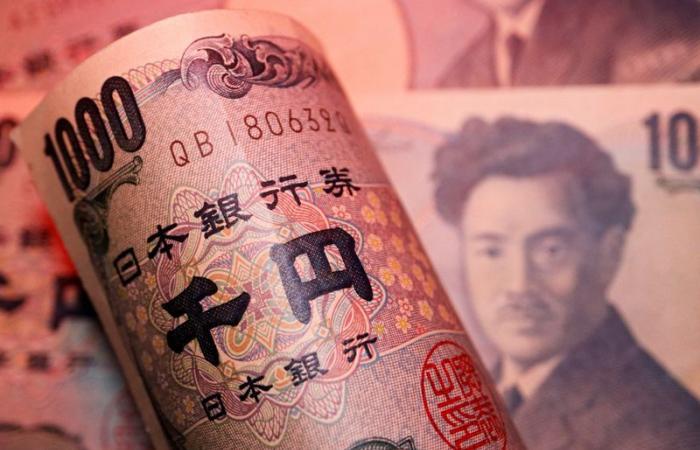A preview of the day ahead in Asian markets.
Inflation fears in Canada and Australia this week remind us that the global monetary easing cycle, expected to broaden and accelerate in the second half of the year, is far from certain.
Investors in Asian and emerging markets may face a headache as the middle of the year approaches, which could weigh on their investments over the next six months.
Figures on Wednesday showed Australian inflation rose much faster than expected in May, rising to 4%, which was enough to reverse the interest rate outlook – with traders now estimating a rise rates this year is more likely than a decline.
However, the rise in the Australian dollar quickly evaporated, as did that of the Canadian dollar following the surprisingly high Canadian inflation figures at the start of the week.
Both succumbed to the U.S. dollar, which hit a two-month high against a basket of major currencies on Wednesday. Will inflation in Canada and Australia also feed into US data and prevent the Fed from cutting rates?
This is what worries Asia and emerging markets: a strong US dollar tightens global financial conditions and directs capital towards US assets at the expense of emerging markets.
So are rising Treasury bond yields, which on Wednesday broke out of their recent torpor and soared. Wall Street closed slightly higher, but the dollar and yields could have a greater influence on Thursday’s Asian trading.
The Asia-Pacific economic calendar includes the release of retail sales in Japan, industrial profits in China, an interest rate decision in the Philippines and a speech by the deputy governor of the Bank of Reserve of Australia, Andrew Hauser.
The Philippine central bank is expected to keep its policy rate at 6.50% for the sixth consecutive meeting, according to a Reuters poll, and make the first cut in the last three months of the year.
The Philippine peso is at its lowest level of the year against the US dollar, down 6% year to date.
That’s only half of the 12% year-to-date decline in the Japanese yen, which hit a 38-year low against the dollar on Wednesday.
It is now well below the level of 160.00 per dollar that triggered a large-scale intervention by Japanese authorities to buy yen almost two months ago.
Not this time, at least not yet.
Unsurprisingly, short-term dollar/yen implied volatility has increased, but the magnitude of the rise and the levels reached do not suggest that traders fear strong intervention.
On Wednesday, overnight implied volatility rose the most since mid-May, but it only returned to Tuesday’s level. One-week implied volume rose the most in four weeks, but again, it only returned to its mid-June level.
Here are the main developments that could guide the markets on Thursday:
– Philippines rate decision
– Retail sales in Japan (May)
– Industrial profits in China (May)






